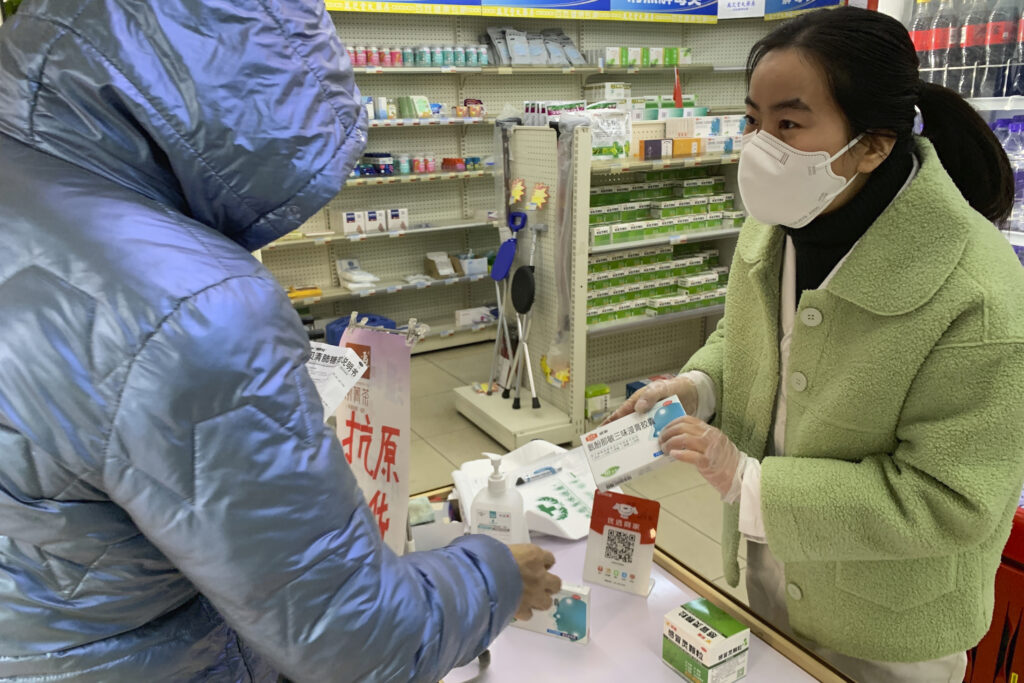Empty streets, deserted shopping centers, and residents staying away from one another are the new normal in Beijing, but not because the city, like many Chinese ones before it, is under a “zero-Covid” lockdown. This time, it’s because Beijing has been hit with a significant, and spreading, outbreak, a first for the Chinese capital since the beginning of the pandemic, a week after leaders eased the country’s restrictive Covid policy. The Associated Press has the story:
China won’t report Asymptomatic COVID Cases
Newslooks- BEIJING (AP)
China said Wednesday it would stop reporting asymptomatic COVID-19 cases since they’ve become “impossible” to track with mass testing no longer required, another step in the country’s uncertain exit from some of the world’s strictest antivirus policies.
China last week announced its most significant easing yet of antivirus measures and has begun to see what appears to be a rapid increase in new infections, raising concerns that its health system could become overwhelmed as those in other countries did during early COVID waves.
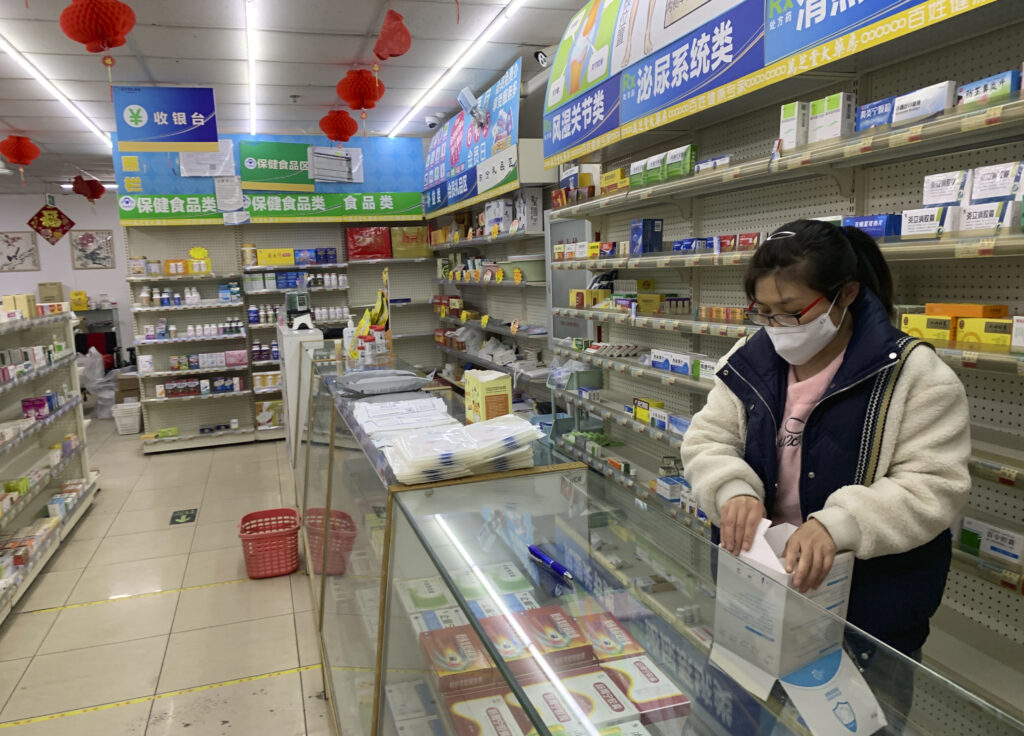
So far, though, many of those newly sick are staying home and there has been little evidence of a surge in patient numbers. But it’s difficult to get a clear picture of the virus’s spread, and the new reporting rules could make that even harder. Some hospitals have reportedly struggled to remain staffed because of rising infections among their employees.
A notice on the National Health Commission’s website on Wednesday said it stopped publishing daily figures on COVID-19 cases where no symptoms are detected since it was “impossible to accurately grasp the actual number of asymptomatic infected persons,” which have generally accounted for the vast majority of new infections.
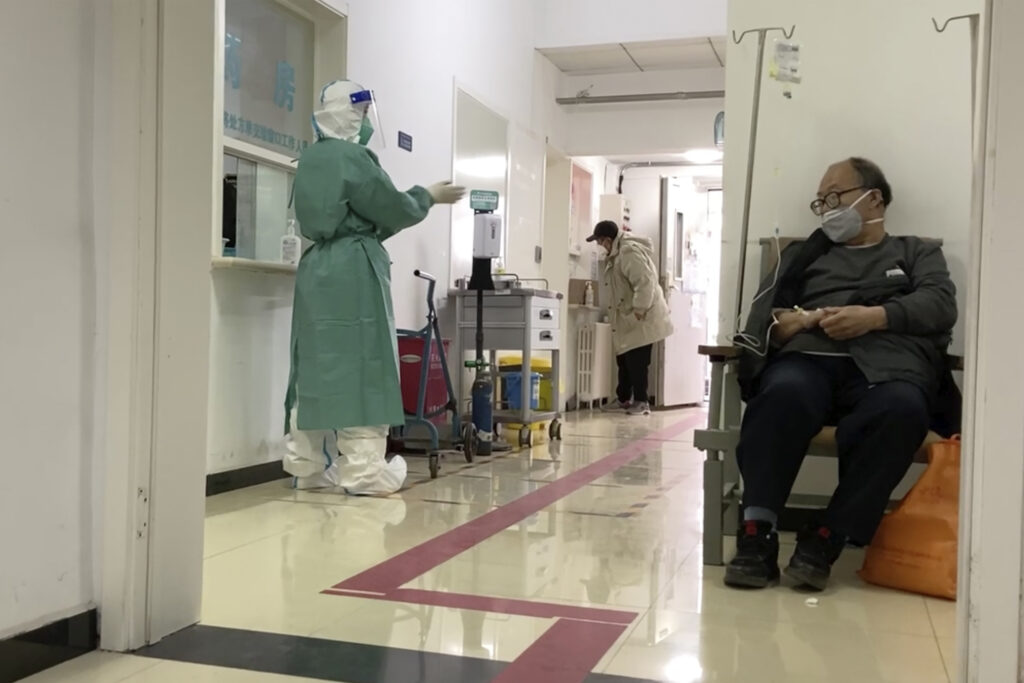
The only numbers they’re reporting are confirmed cases detected in public testing facilities where symptoms are displayed. Many people also test at home — and any positive results there would also not be captured.
China’s government-supplied figures have not been independently verified and questions have been raised about whether the ruling Communist Party has sought to minimize numbers of cases and deaths.
While many governments have long focused on only the more serious cases, the latest move is part of a sea change for China, which has maintained a “zero COVID” policy that seeks to stamp out all virus transmission.
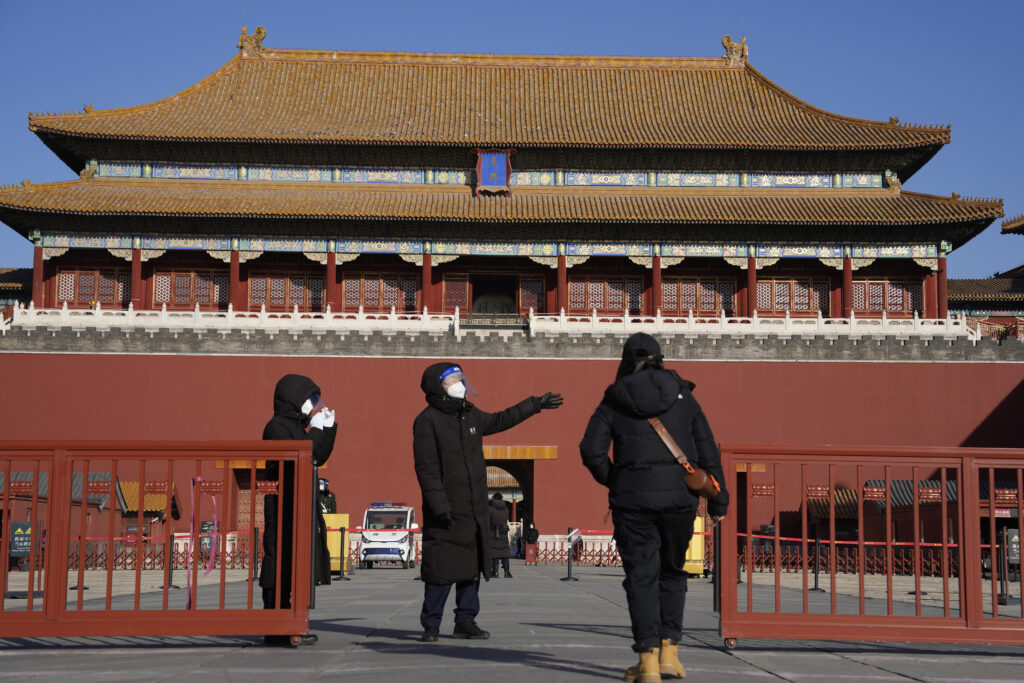
That included frequent mass testing campaigns, and it used to mean that anyone who tested positive was isolated in a government facility, even if they had no symptoms. Now people can recover at home if they don’t need medical care.
While many greeted the relaxing of the rules with relief, the major and rapid shift has also caused some concern — after years during which the Chinese government talked about the virus as a major threat.
“Beijing is really confused right now,” said one resident, surnamed Zhu. “They made a complete 180-degree turn without even going through a transitionary period.”
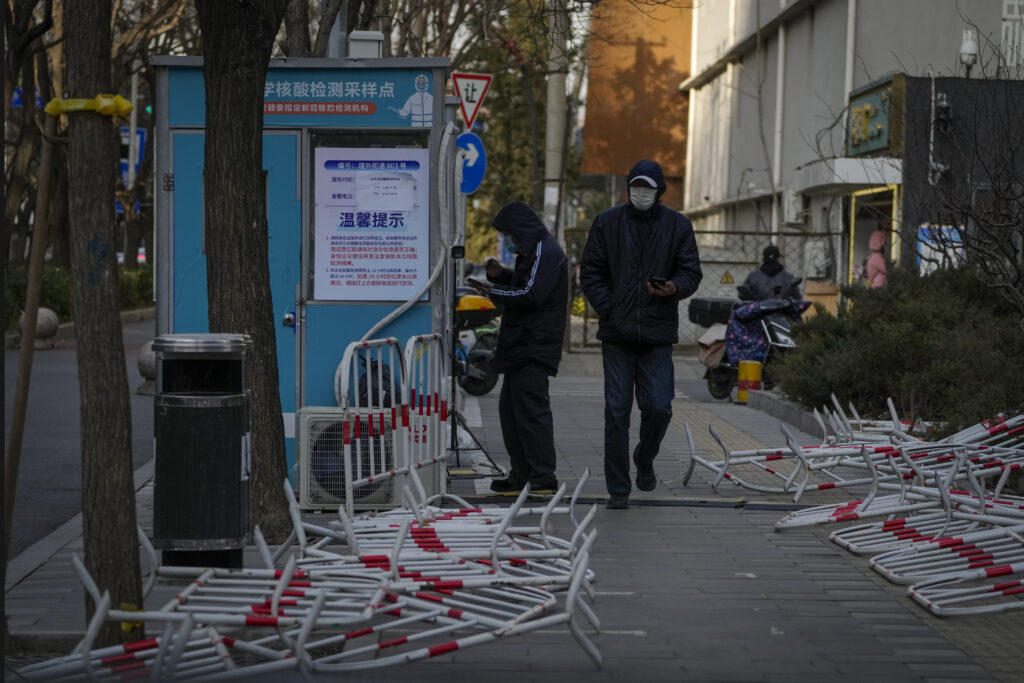
Zhu, who refused to provide his full name to speak on what could be seen as a sensitive topic in China, said he wasn’t able to find a test after developing a sore throat and a fever. Authorities have said they will provide 25 million rapid test kits for Beijing pharmacies.
Despite the easing, the streets of many major Chinese cities have grown eerily quiet — as many people stay home, not because they have to, but because they’re worried they’ll contract the virus at a time when social media is lighting up with reports of infections.
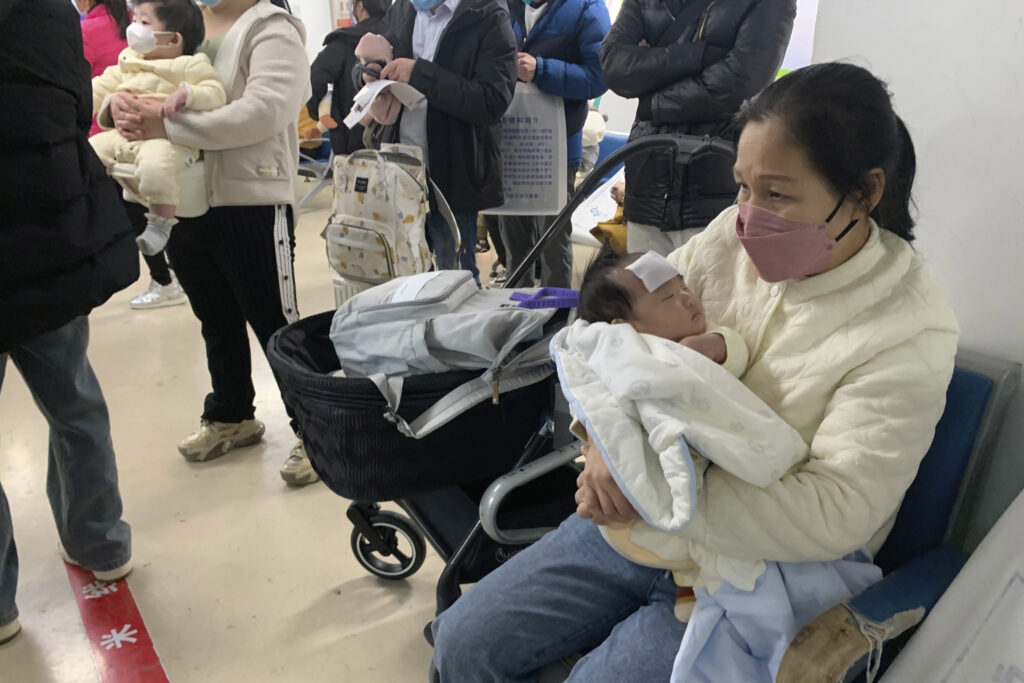
With a clean bill of health still required to enter restaurants and some other public venues, many Chinese are choosing to forego such pleasures to avoid testing, leaving many establishments shuttered or empty. Several businesses are also having difficulty finding enough staff who haven’t gotten infected.
In the usually bustling streets around the ancient imperial palace complex in the heart of Beijing, Huang Hanxin said he was making good use of the lack of crowds.
“If it was a few years ago, there would be a lot of cars and it would be packed with people here,” said the 19-year-old tourist from the southern city of Guangzhou, standing in front of one of the gates to the complex formerly known as the Forbidden City. “It’s comfortable to walk around and take photos.”
By contrast, lines have formed outside fever clinics in Beijing — the number of which has increased from 94 to more than 300 — and at pharmacies, where cold and flu medications and rapid at-home testing kits are harder to find.
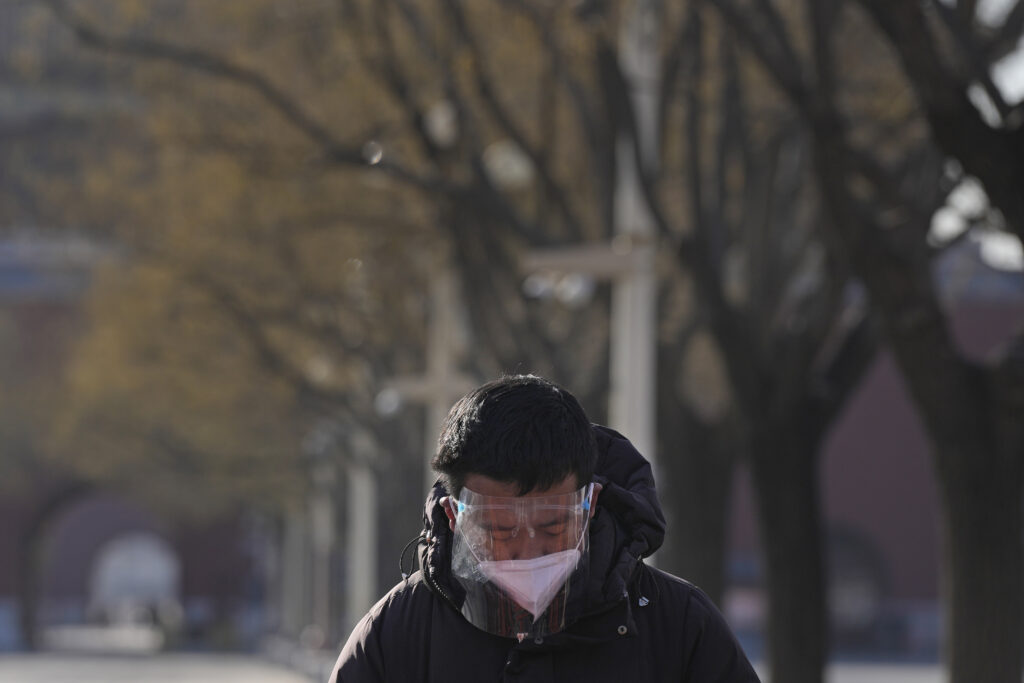
Some have taken to ordering from pharmacies in the semi-autonomous city of Hong Kong, which has been steadily relaxing its restrictions without the chaos and uncertainty seen on the mainland. Like much of the world, Hong Kong uses mRNA vaccines that are widely considered more effective than the inactivated vaccines mandated by China.
Residents of other major cities such as Guangzhou and Shanghai reached by telephone or messaging app also reported quiet streets. All have modern health infrastructure but lower-tier cities and rural areas are less prepared to respond and are more likely to become overwhelmed.
Despite a push to boost vaccinations among older people, two centers set up in Beijing to administer shots were empty Tuesday except for medical personnel.
But there was little evidence of a surge in people being hospitalized.
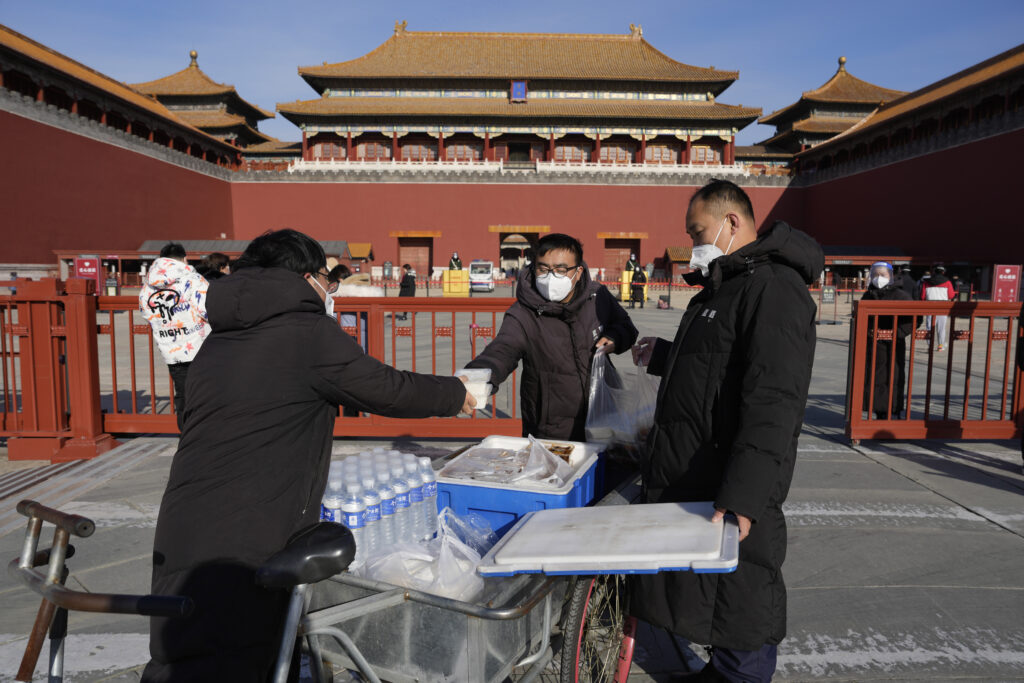
At the China-Japan Friendship Hospital’s fever clinic in Beijing, a dozen people waited for test results. Nurses in full-body white protective gear checked in patients one by one. Fever clinics are isolated wards where people can receive treatment at a reduced risk of infecting others.
A few kilometers (miles) south, at Chaoyang Hospital, about a dozen people waited in a line of blue tents, deflecting winds amid subzero temperatures. One person in the queue took out a bottle of disinfectant and sprayed it around her as she waited.
Across the street at Gaoji Baikang Pharmacy, around a dozen people waited for cough medication and Chinese herbal remedies. A sign at the front told waiting customers: “Avoid panic and hoarding, we are doing all we can to stock up to fulfill your medicinal needs.”
A man coming out had bought two packages of Lianhua Qingwen, a Chinese herbal remedy, saying that each customer was restricted from buying any more than that.
Inquiries to health hotlines have increased six-fold, according to state media.
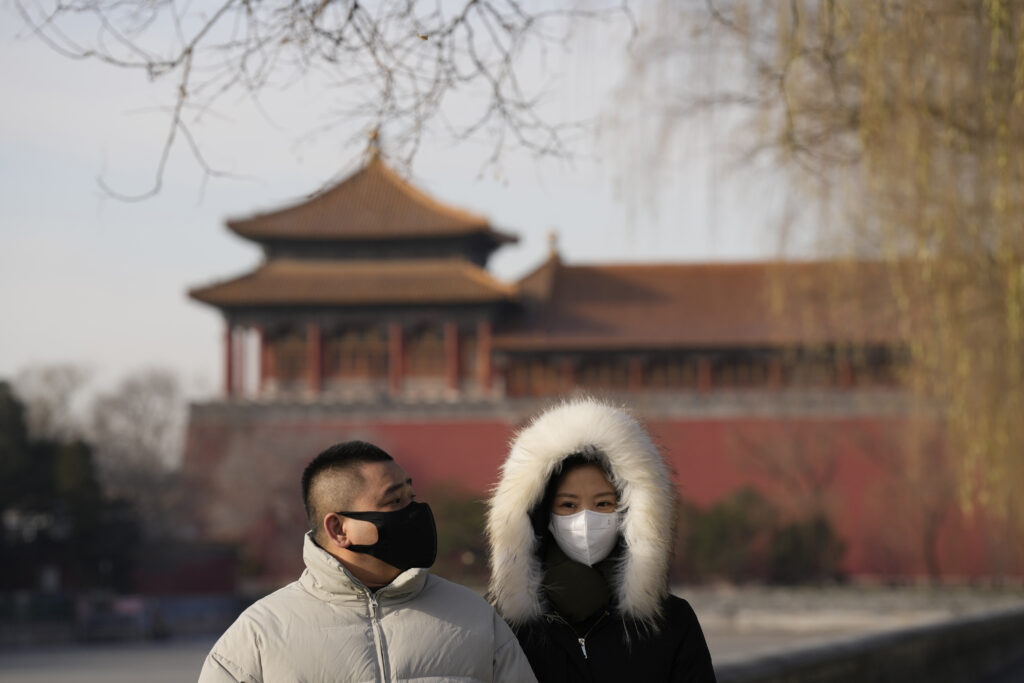
Without asymptomatic cases being counted, China reported just 2,249 “confirmed” infections Wednesday, bringing the nation’s total to 369,918 — more than double the level on Oct. 1. It has recorded 5,235 deaths — compared with 1.1 million in the United States.
Since Tuesday, the U.S. consulates in the northeastern Chinese city of Shenyang and the central city of Wuhan have been offering only emergency services “in response to increased number of COVID-19 cases,” the State Department said.
President Xi Jinping’s government is still officially committed to stopping virus transmission. But the latest moves suggest the party will tolerate more cases without quarantines or shutting down travel or businesses as it winds down its “zero-COVID” strategy.
Some Chinese universities say they will allow students to finish the semester from home in hopes of reducing the potential for a bigger COVID-19 outbreak during the January Lunar New Year travel rush.
Starting Tuesday, China also stopped tracking some travel, though China’s international borders remain largely shut.
The move follows the government’s dramatic announcement last week that it was ending many of the strictest measures, following three years during which it enforced some of the world’s tightest virus restrictions.
Last month in Beijing and several other cities, protests over the measures grew into calls for Xi and the Communist Party to step down — a level of public dissent not seen in decades.
Experts warn there still is a chance the party might reverse course and reimpose restrictions if a large-scale outbreak ensues.

